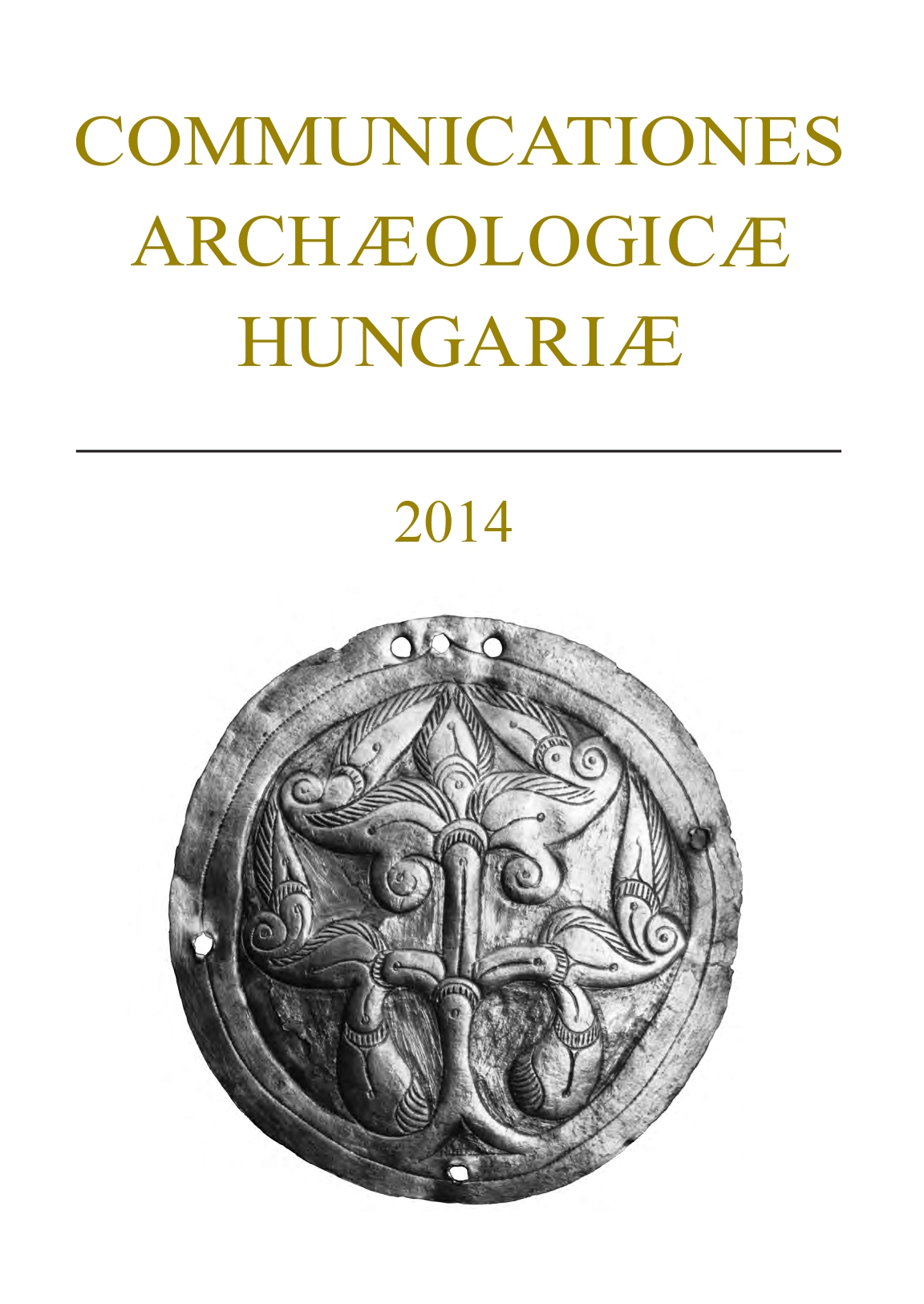Published 2015-12-07
Keywords
- Győr-Ménfőcsanak, Hungarian Middle Bronze Age 1-2 (RB A2a-b), late Kisapostag – early Transdanubian Encrusted Pottery Phase, late Únětice Culture, Mad’arovce-Věteřov-Böheimkirchen complex, „Steckdose”, „Brotlaibidol”
How to Cite
Abstract
We uncovered a total of 125 settlement features dating to the Hungarian Early Bronze Age 3 and the Middle Bronze Age at the multi-period site of Győr-Ménfőcsanak (Northwestern Hungary). In addition to the dominance of the Kisapostag and Transdanubian Encrusted Pottery cultures, we also found evidence for north-western influences, mainly among the finds of the six pits and the post-framed structure published here. The majority of the analogous find reflect contacts with the late Únětice and early Věteřov cultures in Moravia and Lower Austria. These assemblages can be assigned to the Hungarian Middle Bronze Age 2 (RB A2b), with the exception of Pit 2763, which dates from an earlier period, from the onset of the Middle Bronze Age (RB A1b/ A2a).

